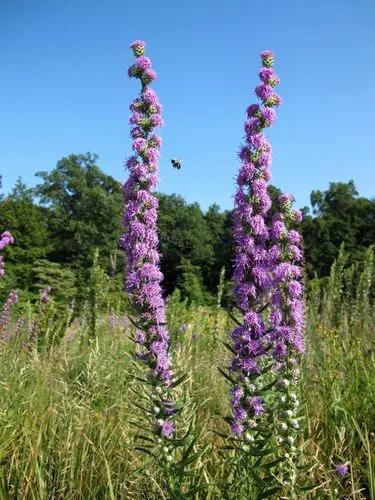Leontodon are herbaceous perennials with a basal rosette of entire or pinnately lobed leaves, and simple or branched stems bearing yellow flowerheads in summer or autumn L. hispidus is a perennial forming a rosette of coarsely hairy, lobed leaves, with leafless, unbranched stalks bearing yellow, dandelion-like flower heads in summer and early autumn Often grown as a wildflower in grassy habitats and best grown in an open situation in well-drained alkaline soil with full sun
Rough Hawkbit Care
Leontodon hispidus



Perennial, 10-60 cm high, with a rootstock that is shortly cylindrical, descending aslope or vertically and terminating abruptly.
Single-or multistemmed, with stems erect or ascending aslope or arched, simple, with one flowering head (rarely two) only slightly thickened below and with up to two floral bracts; with hairs or glabrous, capillarily or angularly grooved, mostly longer than the foliage leaves. Foliage leaves basal, forming a rosette, highly polymorphic, oblong to oblanceolate; contracted to a broad indistinct petiole, entire, sinuate-dentate or pinnately split, glabrous or with several forklike hairs (2-3-fid) or stellate hairs. Grass-green to grey-green, with soft to stiff hairs.Achene 6-7.5 mm long, 0.7-0.9 mm wide and 0.5-0.7 mm thick; oblong-bacillary, only slightly tapered at both margins, slightly angularly compressed, with fine lateral grooves, highly cross-rugose.
Pappus brownish-white to yellowish, outer hairs are simple bristles, inner ones lanceolate leaflets fading to pinnate hairs, up to 10 mm long (disappearing when cleaned).
Surface auburn to dark brown, slightly glossy.Rough hawkbit has no special soil requirements. Because of its deep roots it is minimally sensitive to drought. It prefers an intermediate to good nutrient supply. The pH should range between 5.5 and 7.5. Soils that are wet, waterlogged, or tend to a high weed infestation should be avoided, as well as soils that are rich in peat, light, or dry.
How to get rid of: In early autumn before the crop year, cutting makes sense if the populations are densely grown.
If competition with weeds is low, mechanical weed control is sufficient. Rough hawkbit is not sensitive to the use of curry combs. As for all herbs, the control of weed grasses is relatively easy. On the other hand, herbicide control of dicotyledonous weed species is problematical. It is possible to control weeds, mainly in summer and autumn of the seeding year, as well as in spring of the harvesting year, by wiping wick and total herbicides (Glyphosate), and taking advantage of the differences in growth heights.
How to Care for the Plant

Popularity

77 people already have this plant 10 people have added this plant to their wishlists
Discover more plants with the list below
Popular articles






